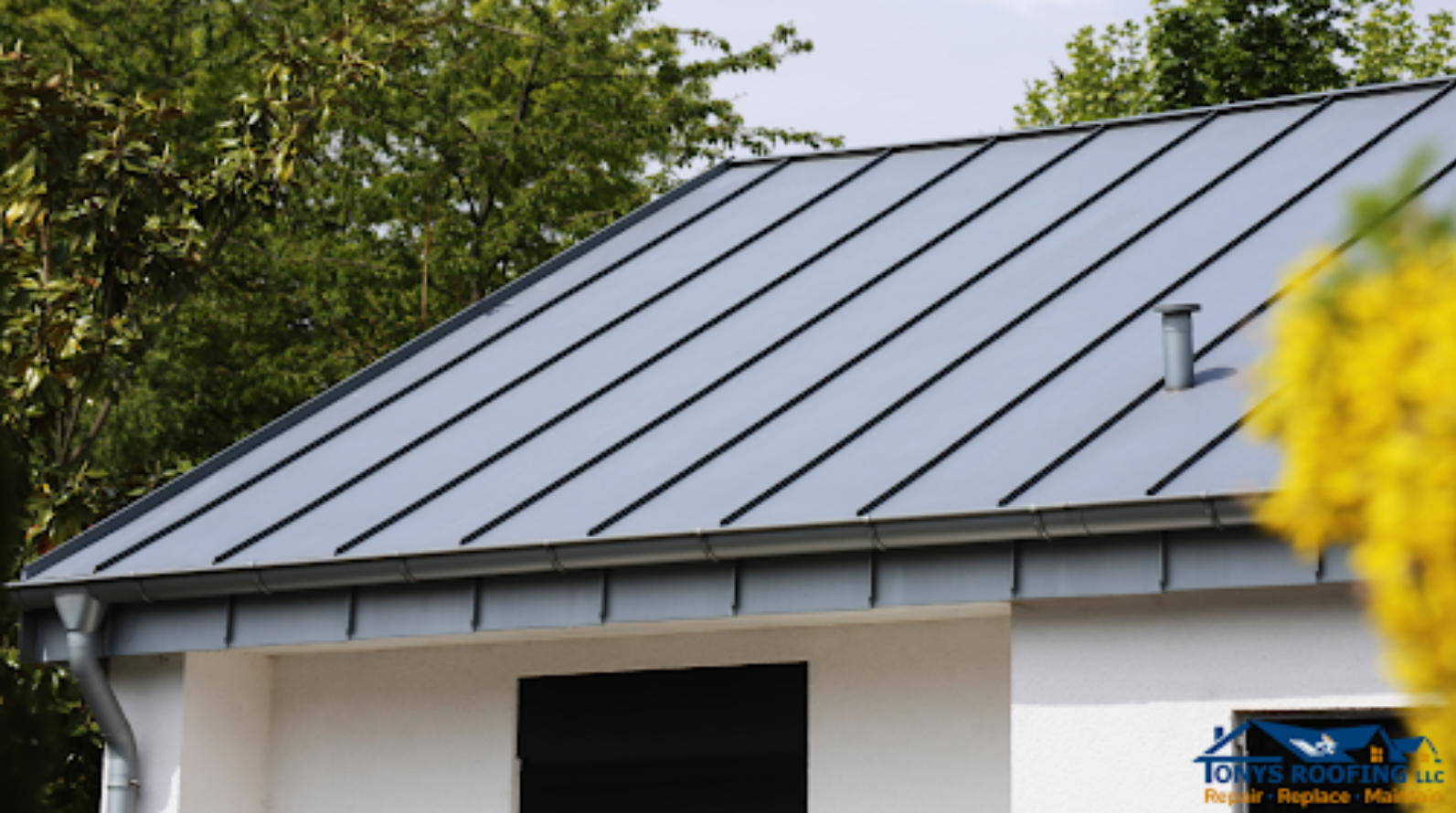In an era of rising energy costs and increased environmental awareness, homeowners are increasingly seeking ways to make their homes more energy-efficient. One significant area of focus is the roof, which plays a crucial role in regulating a home’s temperature and energy consumption. By choosing the right roofing materials and design, homeowners can significantly enhance their home’s energy efficiency. In this article, we will explore some of the best roofing options for energy efficiency.
Metal Roofing:
Metal roofing has gained popularity in recent years due to its excellent energy-efficient properties. Metal roofs are highly reflective, meaning they reflect a significant amount of solar radiation away from the house. This reflective property helps to keep the interior of the home cooler, reducing the need for excessive air conditioning during hot summer months.
Furthermore, metal roofs are known for their durability and longevity, meaning they can last much longer than traditional asphalt shingles. This durability reduces the need for frequent replacements, which not only saves money but also reduces the environmental impact associated with manufacturing and disposing of roofing materials. Additionally, metal roofs can be coated with special heat-reflective coatings, further enhancing their energy efficiency.
Cool Roofs:

Cool roofs are specifically designed to reflect more sunlight and absorb less heat than standard roofs. They are typically made with highly reflective materials, such as specially coated shingles, tiles, or membranes. These materials have high solar reflectance and thermal emittance, effectively reducing the amount of heat absorbed by the roof.
By reflecting more sunlight, cool roofs can significantly lower the temperature inside the building, reducing the need for air conditioning. Studies have shown that cool roofs can lower peak cooling demand by 10% to 15%, resulting in reduced energy consumption and lower utility bills.
Green Roofs:

Green roofs, also known as living roofs or rooftop gardens, are becoming increasingly popular in urban environments. They involve the installation of a layer of vegetation on the roof, providing numerous energy-efficient benefits.
Firstly, green roofs act as natural insulation, providing an additional layer of protection against heat loss in winter and heat gain in summer. They can significantly reduce the amount of energy required for heating and cooling the building.
Secondly, green roofs absorb and retain rainwater, reducing stormwater runoff and the strain on drainage systems. This reduces the energy needed for pumping and treating water in urban areas.
Lastly, green roofs contribute to the reduction of the urban heat island effect, where cities experience higher temperatures due to the abundance of concrete and asphalt. The vegetation on green roofs helps to cool the surrounding air and improve air quality.
Solar Roofing:

Solar roofing, also known as photovoltaic (PV) roofing, combines energy-efficient roofing materials with solar panels to generate electricity. These roofs are designed to integrate seamlessly with the architecture of the building while harnessing solar energy to power the home.
Solar roofing not only reduces reliance on fossil fuels but also provides significant energy savings. By generating electricity from the sun, homeowners can offset their energy consumption and reduce their utility bills. Excess energy can even be sold back to the grid, further reducing costs.
Additionally, solar roofing can be combined with energy storage systems, such as batteries, to store excess energy for use during cloudy days or at night. This enhances energy self-sufficiency and provides backup power during outages.
Clay or Concrete Tiles:

Clay and concrete tiles are not only aesthetically pleasing but also offer excellent energy-efficient properties. These materials have high thermal mass, meaning they can absorb and store heat during the day and release it slowly at night.
By utilizing the thermal mass of clay or concrete tiles, homes can benefit from reduced temperature fluctuations. This can help maintain a more comfortable interior temperature, reducing the need for excessive heating or cooling.
Furthermore, clay and concrete tiles have excellent durability and longevity, making them a sustainable choice for roofing. Their long lifespan reduces the frequency of replacement, resulting in fewer resources consumed and less waste generated over time.
Conclusion:
Choosing the right roofing materials is a crucial step in improving the energy efficiency of your home. Metal roofing, cool roofs, green roofs, solar roofing, and clay or concrete tiles are all excellent options to consider. Each of these options offers unique benefits, such as increased reflectivity, natural insulation, or energy generation. By investing in energy-efficient roofing, homeowners can reduce their energy consumption, lower utility bills, and contribute to a greener and more sustainable future.

